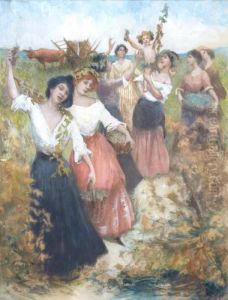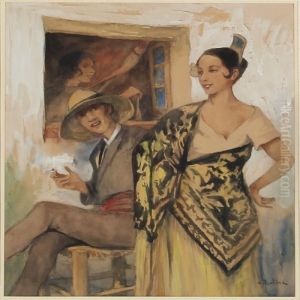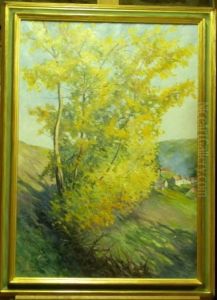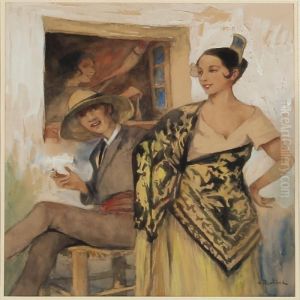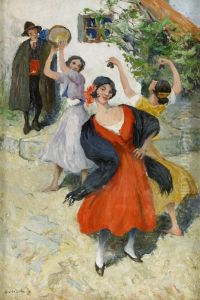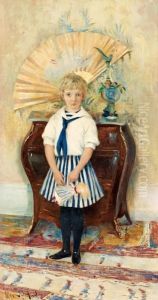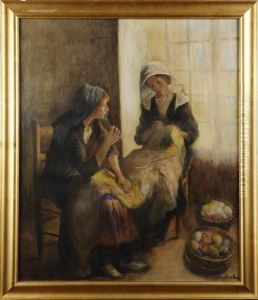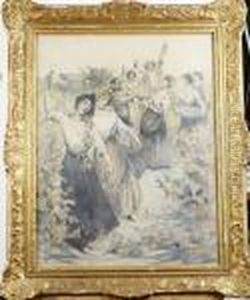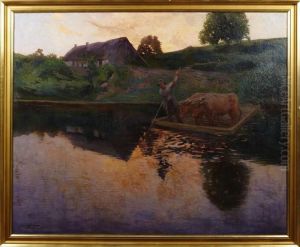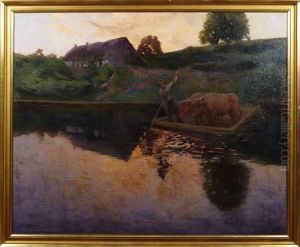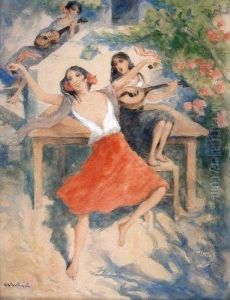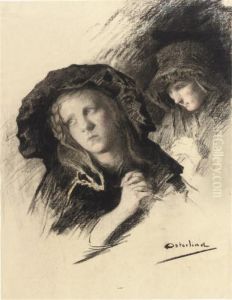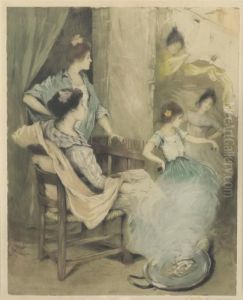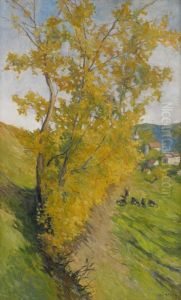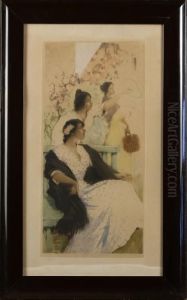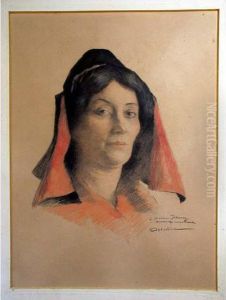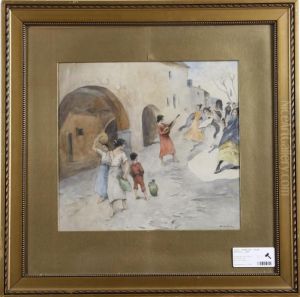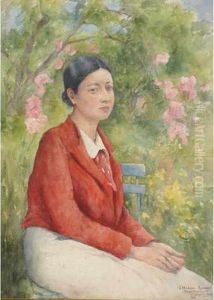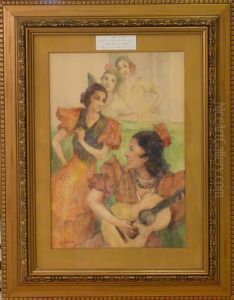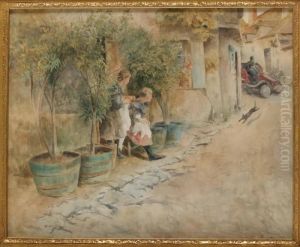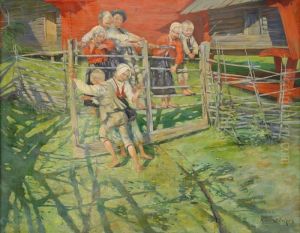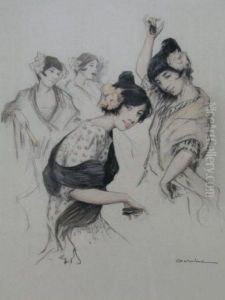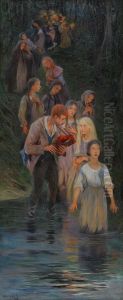Allan Osterlind Paintings
Allan Osterlind was a Swedish-French painter and engraver born on May 31, 1855, in Paris, France. His father, Per Emanuel Osterlind, was a Swedish violinist, and his mother was French. Osterlind showed an early interest in the arts and pursued his passion for painting in his youth. He studied under various notable artists of the time, including Jean-Léon Gérôme and Aimé Millet at the École des Beaux-Arts in Paris.
Throughout his career, Osterlind was known for his versatility in different art forms, including painting, drawing, and engraving. His artistic style was influenced by the French academic tradition and later by Impressionism. Osterlind's work often featured landscapes, portraits, and genre scenes, capturing the nuances of light and atmosphere with a delicate sense of realism.
He exhibited his works at the Paris Salon and received several awards for his paintings and engravings. Notably, Osterlind was awarded a third-class medal in 1882 and a second-class medal in 1889 at the Paris Salon. He also received an honorable mention at the Exposition Universelle in 1889. His works were appreciated for their technical skill and emotive qualities, and he gained a reputation as a respected artist of his time.
Osterlind's travels throughout Europe further influenced his artistic development. He spent time in Brittany, where he was inspired by the rugged coastline and the lives of the local people. His Brittany landscapes and scenes of peasant life are among his most celebrated works.
Allan Osterlind continued to work and exhibit throughout his life. He was also an active member of the French artistic community and was involved with various organizations dedicated to the arts. Osterlind passed away on February 1, 1938, in Saint-Valery-en-Caux, France. His works remain a testament to his skill and contribution to the art world during the late 19th and early 20th centuries.
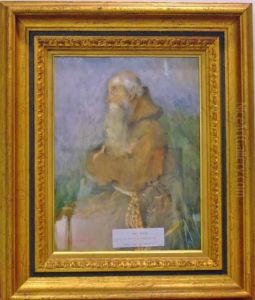
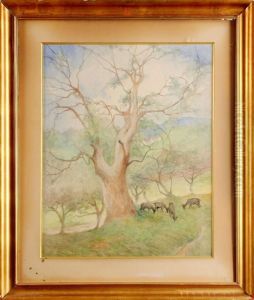
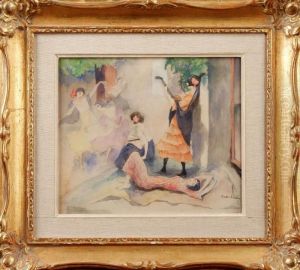
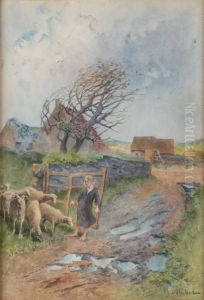
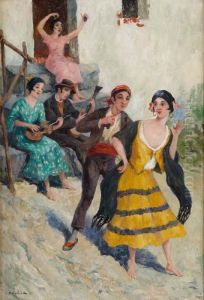
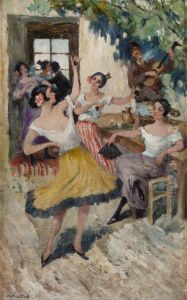
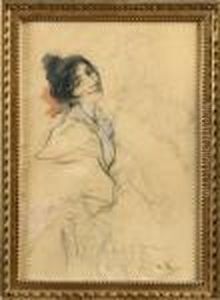
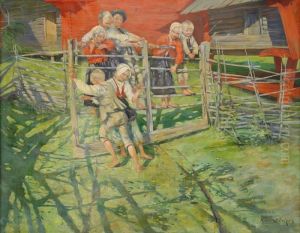
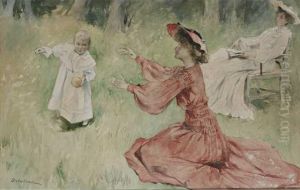
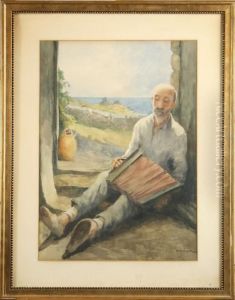
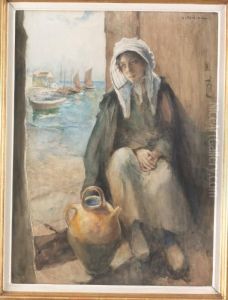
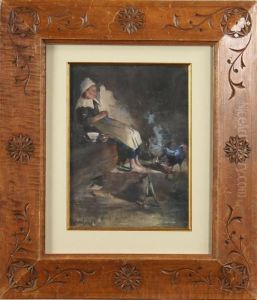
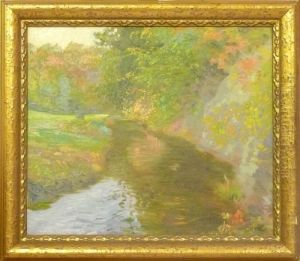
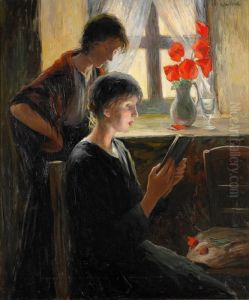
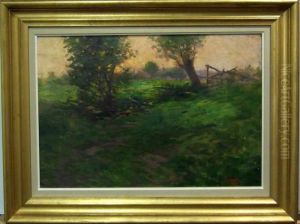
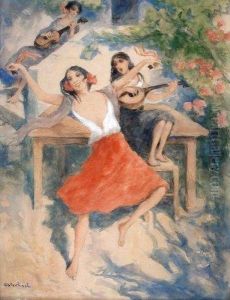
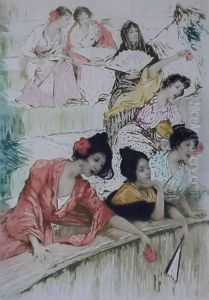
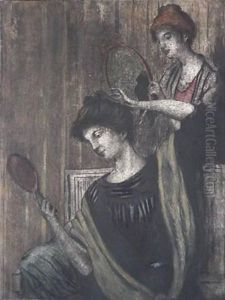
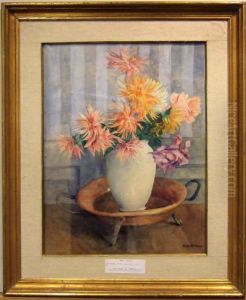
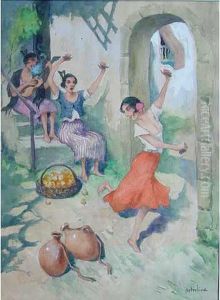
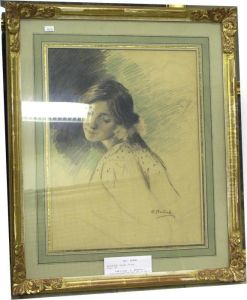
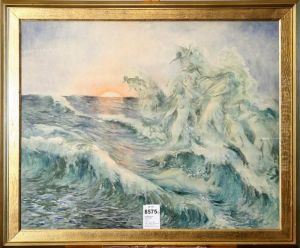
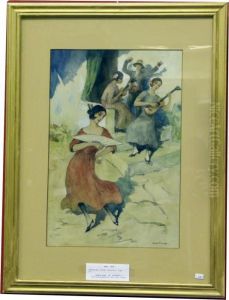
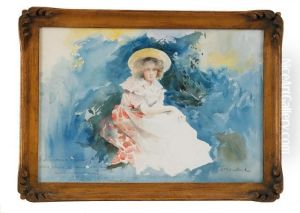
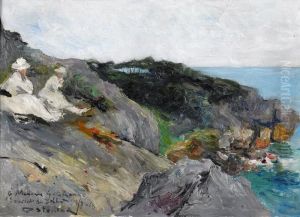
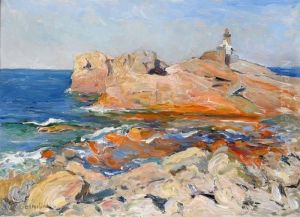
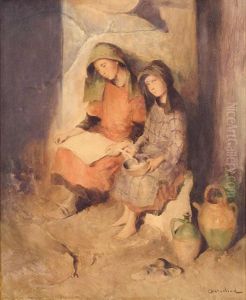
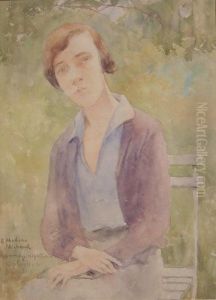
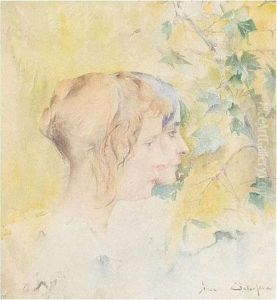
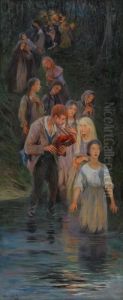
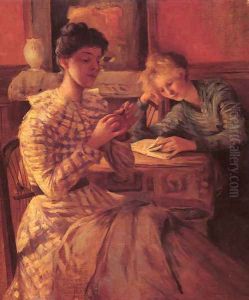
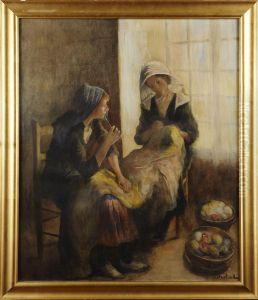
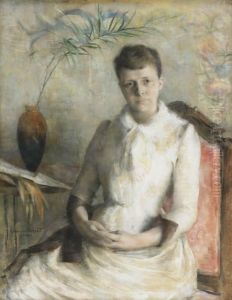
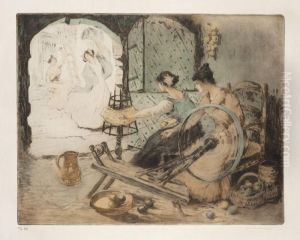
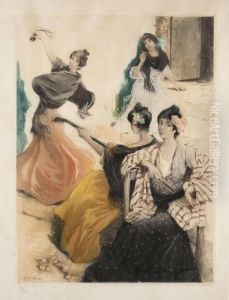
![[porteuses D'eau].](https://www.niceartgallery.com/imgs/3125960/s/allan-osterlind-porteuses-deau-366ea23a.jpg)
